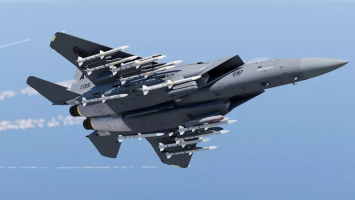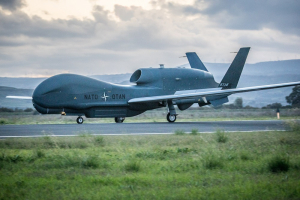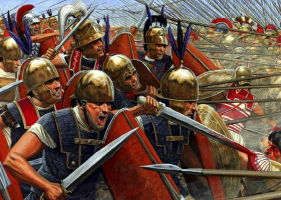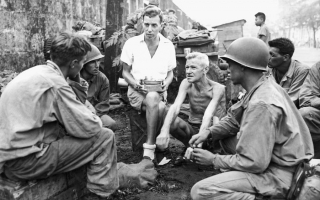Top 8 Most Creative and Low Budget Military Tactics in History
Toplist has discussed how expensive war can be in the past, and as many people are aware, the defense budget of a nation like the United States or Russia is ... read more...enough to make Elon Musk perspire. But not every success has to be expensive, and there is much evidence to suggest that some effective and destructive strategies don't necessarily have to be expensive. Here are some of the most inventive and inexpensive military strategies in history.
-
Psychology plays a significant role in combat. Dive bombers used to attach Jericho trumpets to the front of their aircraft so that when they dove, the aircraft would make the recognizable wailing noise we identify with it and frighten the enemy. The majority of us may also recall hearing the high-pitched whistling sound of a bomb detonating in old movies and even cartoons. Even cartoons use it to represent a character falling.
You wouldn't have heard that distinctive whistle if you had recently watched any footage of combat zones as bombs being dropped. Only some bombs created the noise because a real whistle was affixed to the casing, similar to the dive bombers of World War II.
Because of the Doppler effect, the sound and pitch shift as the bomb detonates. This meant that you could hear an auditory warning of the bomb's speed and distance from where you were standing. You can only imagine how this must have affected the minds of many people. Even the toughest soldier would have felt chilly and all who survived would have experienced significant nerve damage knowing that your possible destruction is rapidly approaching. That's all for the price of a whistle.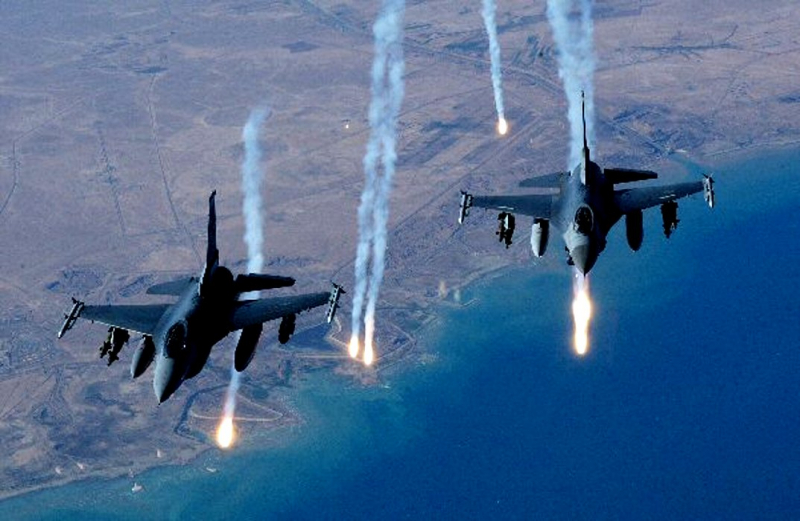
https://www.zingerbug.com/ 
https://www.istockphoto.com/ -
Understanding your adversary's mindset can be extremely useful and change the course of any conflict. But what does that actually mean, and how can it be best utilized? The Battle of Pelusium, in which the Persian king Cambyses II faced the Egyptians, is arguably one of the best examples of this. This significant conflict marked the beginning of Egypt's 27th Dynasty and effectively handed Persia control of Egypt.
Cambyses II, a skilled tactician, was facing the forces of Pharaoh Psametik III. He was also familiar with Egyptian beliefs, particularly their reverence for all living things and their notion of certain animals as earthly embodiments of their gods.
Cats were connected to the Egyptian deity Bastet in their culture. The goddess had a sizable following and was both a nurturer and a combatant. Few Egyptians would risk angering the deities by hurting a cat. As a result, Cambyses scattered them over the battlefield and painted their likenesses on his men's shields.
The Egyptians were afraid of shooting arrows at the Persians because they brought cats into battle. Cambyses released any creatures he believed the Egyptians would be too terrified to harm, including dogs, ibises, sheep, and others. The strategy was successful, and the Egyptians either fled or perished.
https://www.worldhistory.org/ 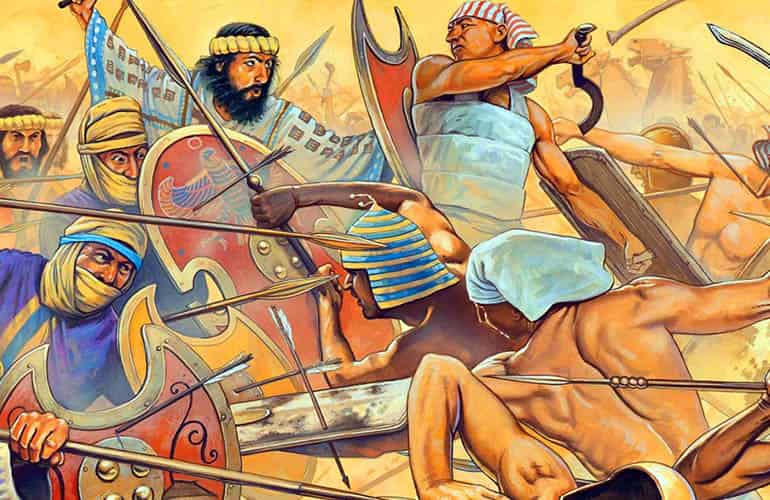
https://www.cleopatraegypttours.com/ -
No one enjoys a show-off, but as it turns out, if you do it enough, showing off and rubbing someone else's face in your best can apparently save lives. That is what happened when Meng Huo, an enemy leader, was to be defeated by Zhuge Liang, a military strategist and Prime Minister of the Chinese state of Shu between 221 and 263.
Because it continued happening, the tale of Meng Huo's demise has become the stuff of folklore. In accordance with the myths, Liang defeated Huo on the battlefield. Meng Huo was not impressed, so Liang released him; instead of torturing or killing the man, he gave him a tour of his army and boasted about how amazing it was before asking what he thought. Seven times in total, they repeated this. Meng Huo saw that Zhuge Liang's soldiers were superior after seven captures, so he voluntarily surrendered and ultimately joined the other side.

https://dimensionscollide.fandom.com/ 
http://generalsorder.wikia.com/ -
The life of King Harald Siggurdson is filled with incredible tales of bravery and stoicism. Few legends better illustrate the claim that he won many wars against many foes via strength and cunning than the account of his Sicilian expedition.
During the campaign, he allegedly besieged four different towns while frequently being outnumbered by his adversaries. He would utilize deception to gain the upper hand if he couldn't starve his opponents to death, which is what happened in the fourth campaign.
He started to spend his days in his tent because the town was heavily defended and appeared to be invincible. His troops eventually informed the adversary that he had passed away when rumors that he was critically ill began to circulate. His last request? He wanted to be buried in a church because he was a Christian. As a result, the town's gates were opened, and Siggurdson's coffin was brought in by his men who then used it to block the gates, allowing the entire army and an extremely alive Siggurdson to sack the town.

https://www.vikingbeardstuff.co.uk/ 
https://middleishearth.obsidianportal.com -
They believe that war is hell, therefore if you can divert the enemy's attention to something more beneficial, perhaps they will decide to end the conflict? There is proof it is effective. Consider Operation Christmas. The military decided to decorate some Christmas trees as a means of fending off the Colombian guerilla forces.
Soldiers would select large trees in the dense forests where the guerilla forces were known to operate and cover them in countless Christmas lights. Even commercials were made from the footage. If Christmas can come to the jungle, you can return home, a banner would light up and the lights would turn on in response to movement. It demobilizes. Christmas is a time when anything is possible. About 300 guerillas, or 5% of their overall force, gave up and returned home as a result of the tactic. The following year, they employed a similar strategy, but another 180 withdrew.

https://wallpapersafari.com/ 
https://www.walmart.com/ -
In battle throughout the 18th and 19th centuries, a Quaker gun was a typical deception technique. The Quaker gun was merely a timber log that was typically painted black and used to fool an adversary, despite looking like a real cannon. A good way to delay the enemy was to mislead them about the strength of an emplacement. The term "Quakers" refers to the Religious Society of Friends, who have historically upheld a religious stance against violence and war in the Peace Testimony.
Sometimes, even if you can't win, your best chance of success is to fool your adversaries into believing you will. You can accomplish this, much like the Ghost Army, by giving the impression that you are more powerful than you actually are. These Quaker cannons, so named after the pacifist religious sect, were used in the American Revolutionary War.
A Quaker gun seems to be any other cannon from a distance. But if you go close enough, you'll see that it's more like a painted log than a potent piece of artillery. Colonel William Washington threatened to kill people in a fortified barn if they refused to surrender by having his troops transform a pine tree into a mock cannon. All of them gave up. All of them gave up. The Civil War took place about 100 years later, and the same method was employed.
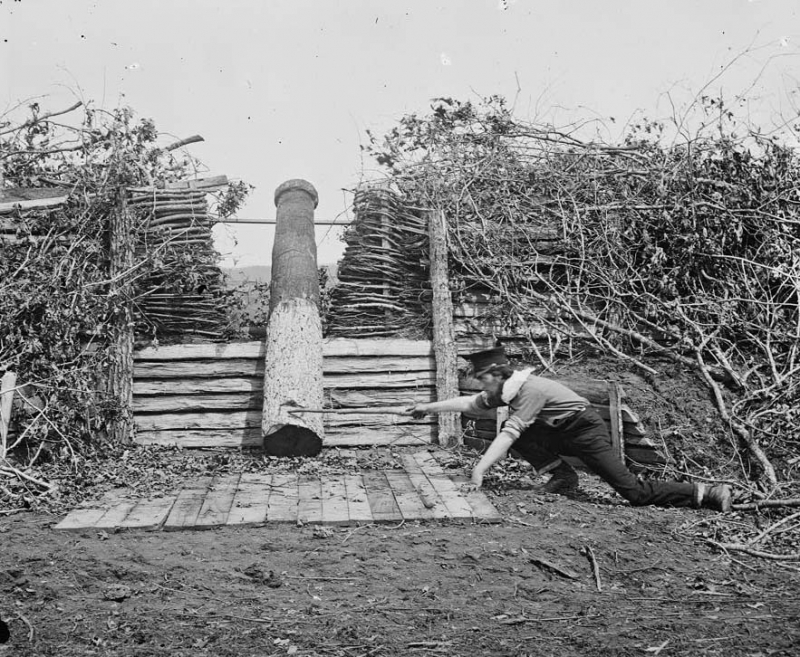
https://www.amusingplanet.com 
https://josephcivilwaratoz.weebly.com -
Erich Hartmann, who is credited with 352 aerial kills, is the deadliest fighter pilot in history. Even though many of his victims were Soviet fighters, let's pretend for the sake of argument that he also downed 352 P-51 Mustangs, which were among the most prevalent US fighters of the conflict (pictured above). He would have destroyed nearly $20 million in fighter jets for a cost of about $58,000 at the time. That equates to more than $340 million now. What more could have been done because it was obvious that shooting the man down at the moment didn't work out too well? The exceedingly risky method known as "air ramming" is one low-cost substitute for a regular dog fight.
Air ramming entails ramming an opposing plane with your own aircraft, much like ramming another vehicle off the road. You can understand why this strategy isn't used very frequently. It requires a steady hand, a keen eye, and nerves of something a little harder than steel because the objective is to avoid getting yourself murdered in the process. It's a strategy that's nearly as old as flight itself.
Even before World War II, there were rumors about the technique, although many people thought they were completely false. What kind of lunatic, after all, would do such a thing? But ask yourself: What do you have to lose if you're out of ammo, facing an enemy in the air, and fully expecting to be shot down?
Witnesses on the ground observed one of the Soviet fighter pilots very clearly maneuver his plane into the enemy, destroying both of the Hungarian aircraft in the process but allowing the Soviet, who had no idea when he might need to jump ship, to float safely to the ground with his parachute in 1956 when two Soviet fighters engaged two Hungarian aircraft. The pilot denied doing it on purpose, but witnesses said his goal and outcome were very evident. The pilot eventually acknowledged that he slammed the plane to destroy it after his guns stopped working.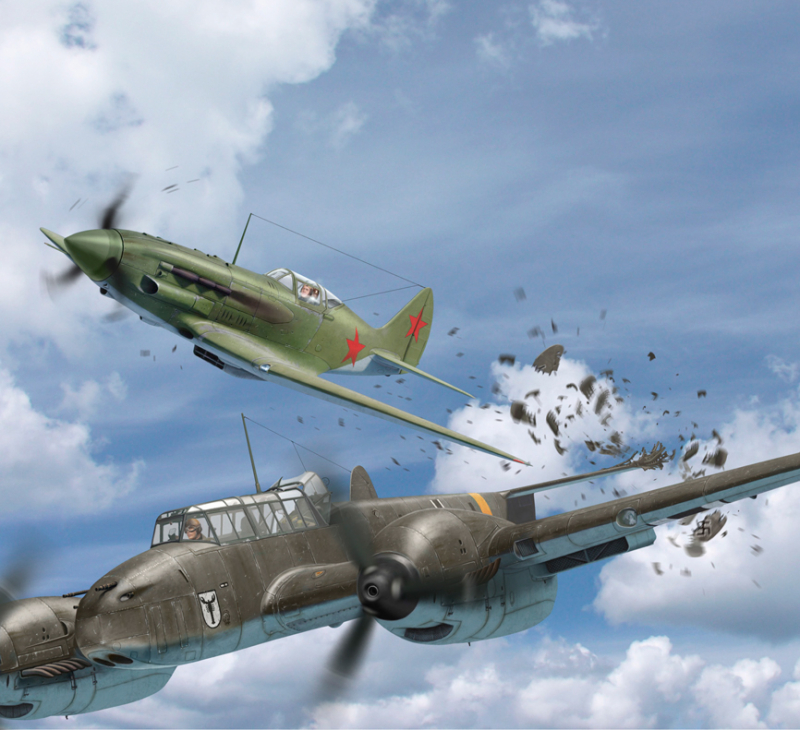
https://www.behance.net 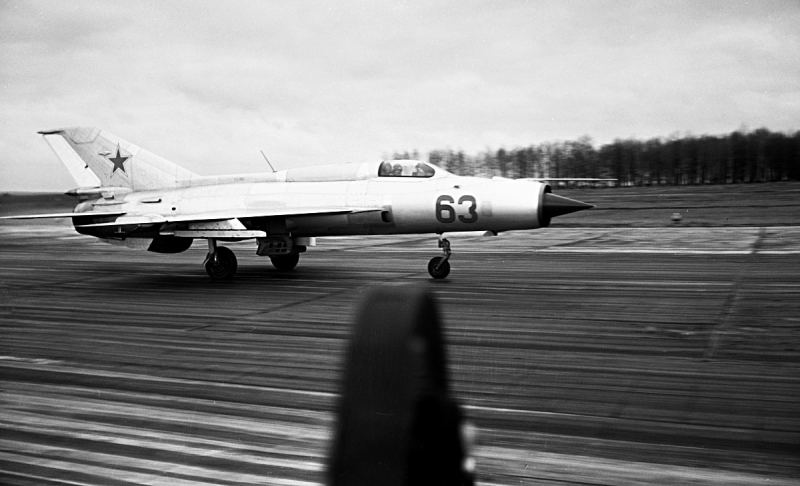
https://www.rbth.com/ -
Any organization known as a Ghost Army is bound to be cool no matter what it does, but the Ghost Army that gained the most notoriety during the Second World War was particularly inventive and cunning. The Ghost Army, also known as tactical deception, was a device used to trick Hitler and the German forces during the war. It was more dependent on the imagination of artists than it was on the physical might of men and weaponry.
This division, known as the 23rd Headquarters Special Troops, constructed fictitious armies. There were rubber planes, inflatable tanks, and radio signals that were meant to be snatched up by the opposition. They had actors portraying different characters, giving the impression that troop movements and deployments were actually happening when they weren't. To make the sounds of combat plausible to those on the ground, they even install speakers in woodlands.
This bogus army had just 1,100 members, but thanks to their efforts, it appeared to have 30,000 soldiers. Their efforts were successful enough to disperse the German forces and thereby preserve lives. Records from Germany that were discovered after the fact show that the ruse was a complete success, saving thousands of lives and millions of dollars' worth of equipment. Additionally, it wasn't made public in the United States until 1996.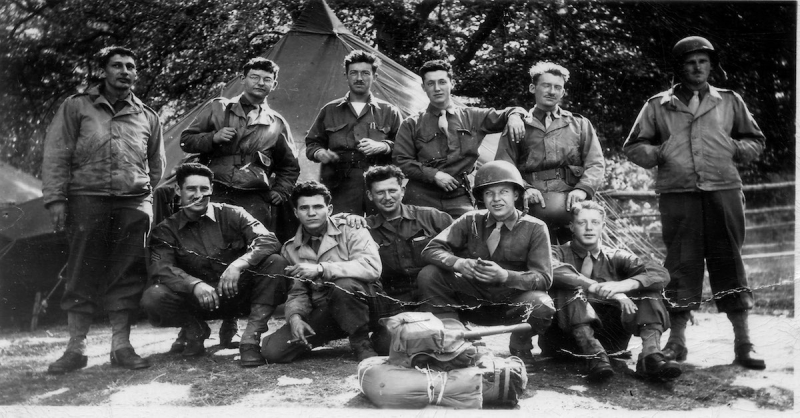
https://stephenambrosetours.com/ 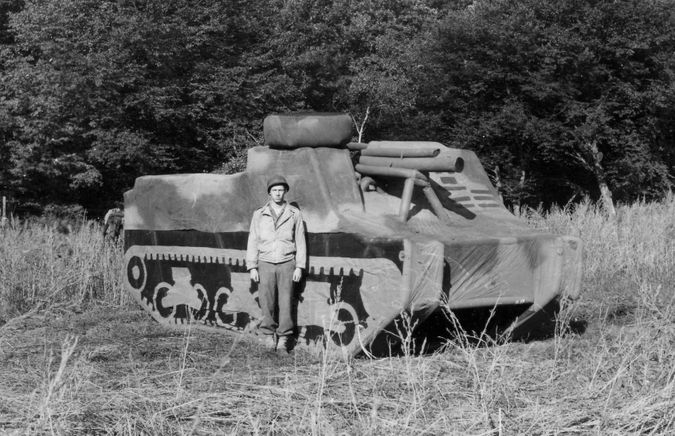
https://forward.com/














